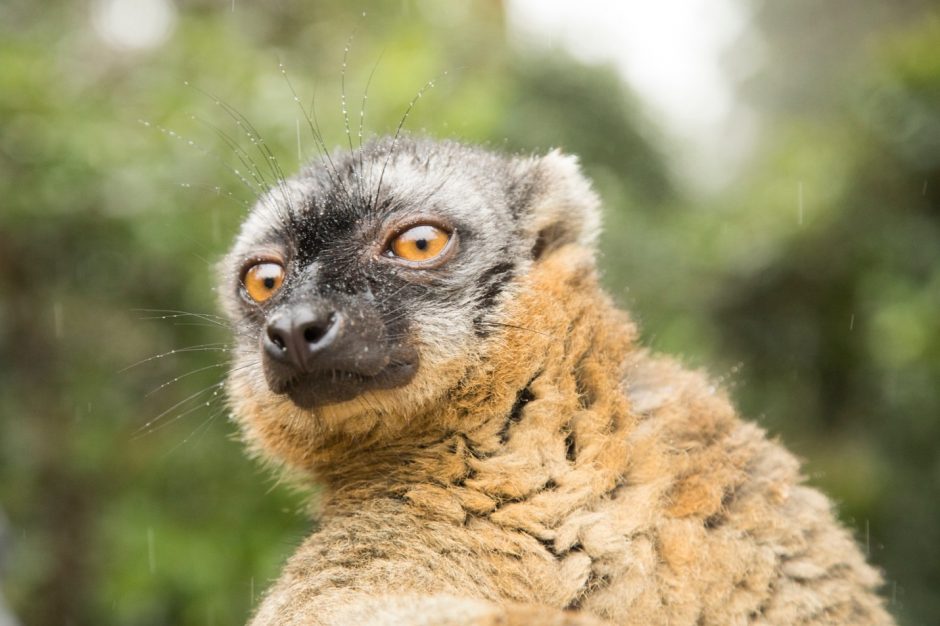
What to look for in a Zoom Telephoto Lens for Wildlife Photography
Telephotos are the lenses that wildlife photographers talk about, drool about, and probably research most extensively, as they are of utmost importance to great wildlife photography. However, as new lenses, and new technology, come out, the choice of which telephoto is becoming more and more difficult.
Look no further, as we’re going to break it down for you here, as well as give our take on some of the very best zoom telephotos lenses for wildlife photography out in the market today.
Great Zoom and Telephoto Range
This one is obvious, but it’s worth diving deeper into what it all means.
First, if you’re going to be a connoisseur of photography, it’s important to know the difference between zoom and telephoto. Telephoto is the class of lenses that allow you the greatest distance of photography. They directly equate to focal lengths [usually] in the 300mm plus range.
Zoom refers to the range of focal lengths such that you can, say, zoom from 70mm to 300mm. 70mm or 300mm is the telephoto aspect, as you use the lens to see into the distance, but it’s the zoom that lets you move from one to another, as well as all distances in between.
Ok, now that we have that settled, let’s talk about what we look for in this range.
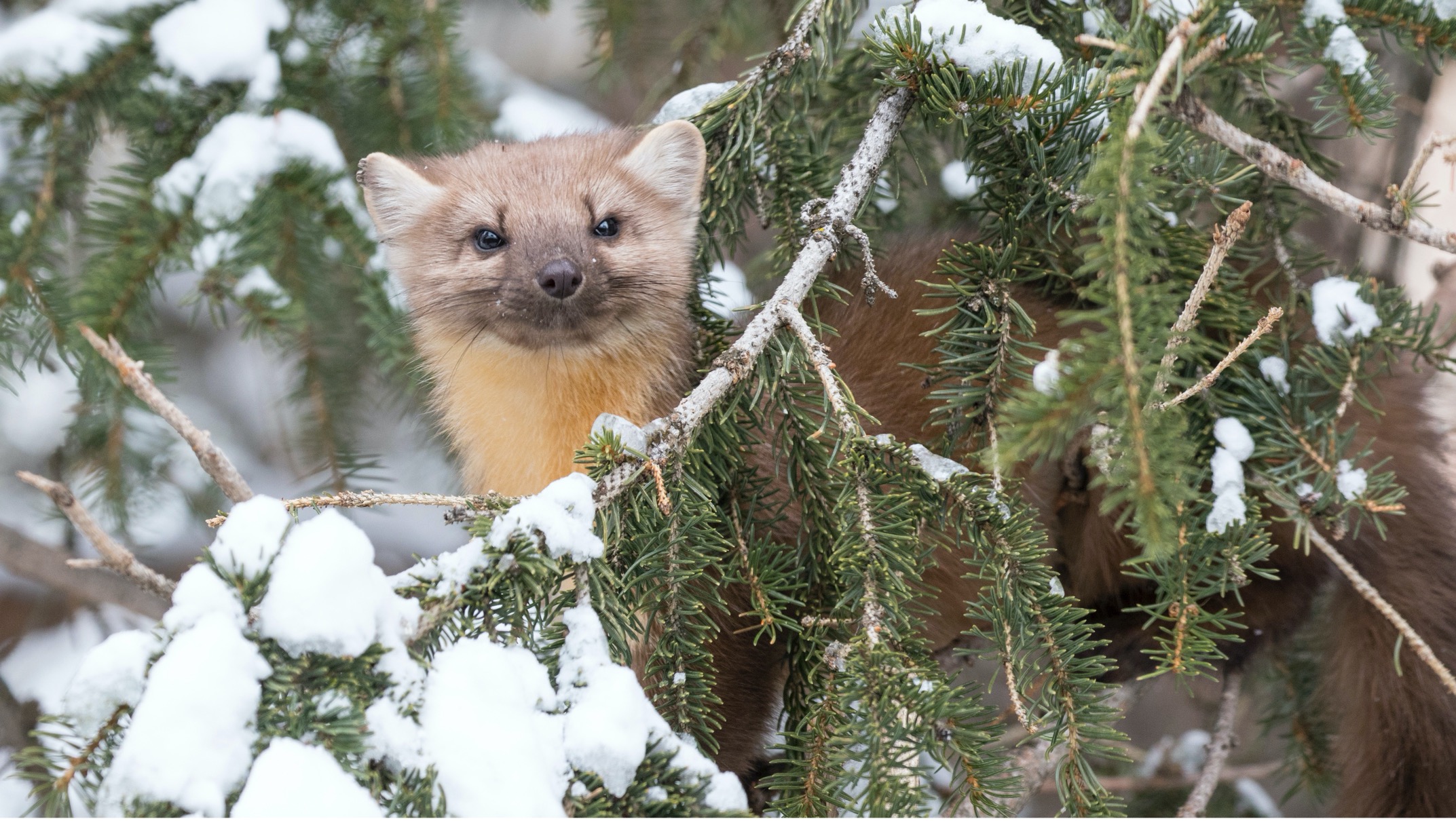
In general, if you are out to photograph wildlife, you should get the biggest zoom telephoto that’s practical for you.
Some good news is that newer telephotos are getting smaller and their range is increasing. For instance, Nikon has come out with a 200-500mm, Sony with their 200-600m, Tamron with their 150-600mm, and Canon their 100-500mm. These are amazing telephotos, at 500mm and 600mm distances, and their zoom range is awesome, covering a three- or four-hundred-millimeter gap in focal length. That is darn impressive!
So, in my opinion, the days of using a 70-300mm are drawing to a close, as you nearly always want more zoom and telephoto when it comes to big wildlife lenses.
And fortunately, the cost of these lenses isn’t what their predecessors used to be. You can get brand lenses (i.e., buying a Canon lens for a Canon body) for around $2,000 and if you want to go with a third party (Tamron or Sigma) you might be looking at closer to $1,000.
Thus, what I’m looking for is to find the telephoto lens that gives you good reach, at least 400mm and up to 600mm, with also a good zoom range for your camera platform. I always prefer buying my lens from the brand of camera I have, but third party lens manufacturers are getting better and better and folks that shoot on Tamron and Sigma lenses have great things to say.
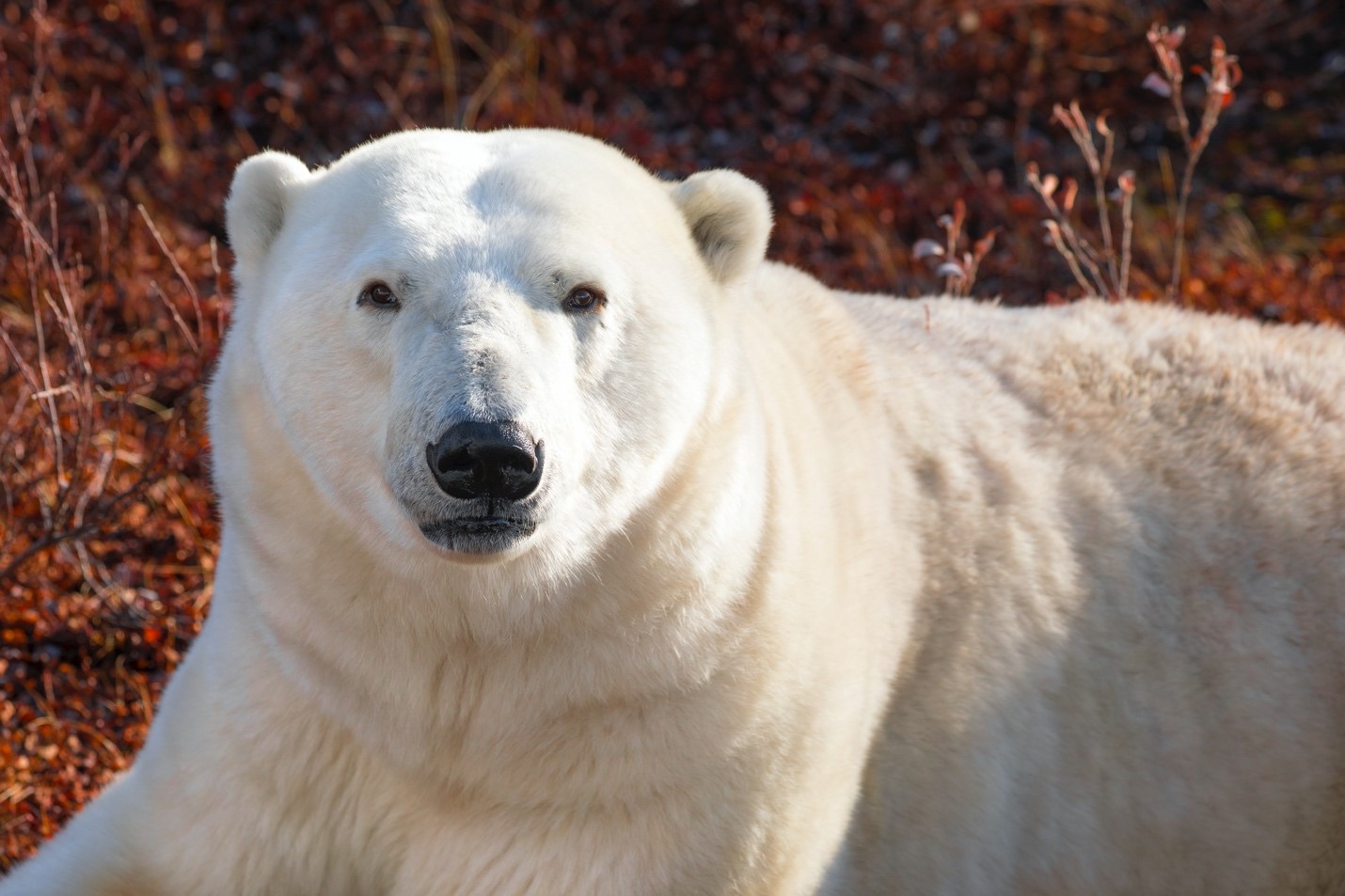
A note on crop frame vs. full frame
In this article, you’ll notice that I don’t talk too much about crop vs. full frame, which can actually make quite a bit of difference in how much telephoto power you’ll have.
For instance, if you are on a crop frame sensor, your effective telephoto power is usually multiplied by 1.5 or 1.6 times (e.g., a 300mm is more like a 450mm in actuality). This has to do with the size of your camera’s sensor (much smaller) that magnifies the image.
You’ll notice in my final section of this article I discuss some lens recommendations, where I specifically offer some advice for those with crop frame cameras that are unlikely to upgrade to a full frame.
Analyzing your Aperture
Usually the first thing that’s going to take a big hit when using a telephoto with a big zoom range is your maximum aperture. Maximum aperture means the smallest f/number you can get at corresponding focal/zoom lengths.
This has a lot to do with lens physics and just the sheer possibilities when putting class and optics together, so I’m not going to go into exactly why they have such aperture ratings, but more about what it means and what you can do about it.
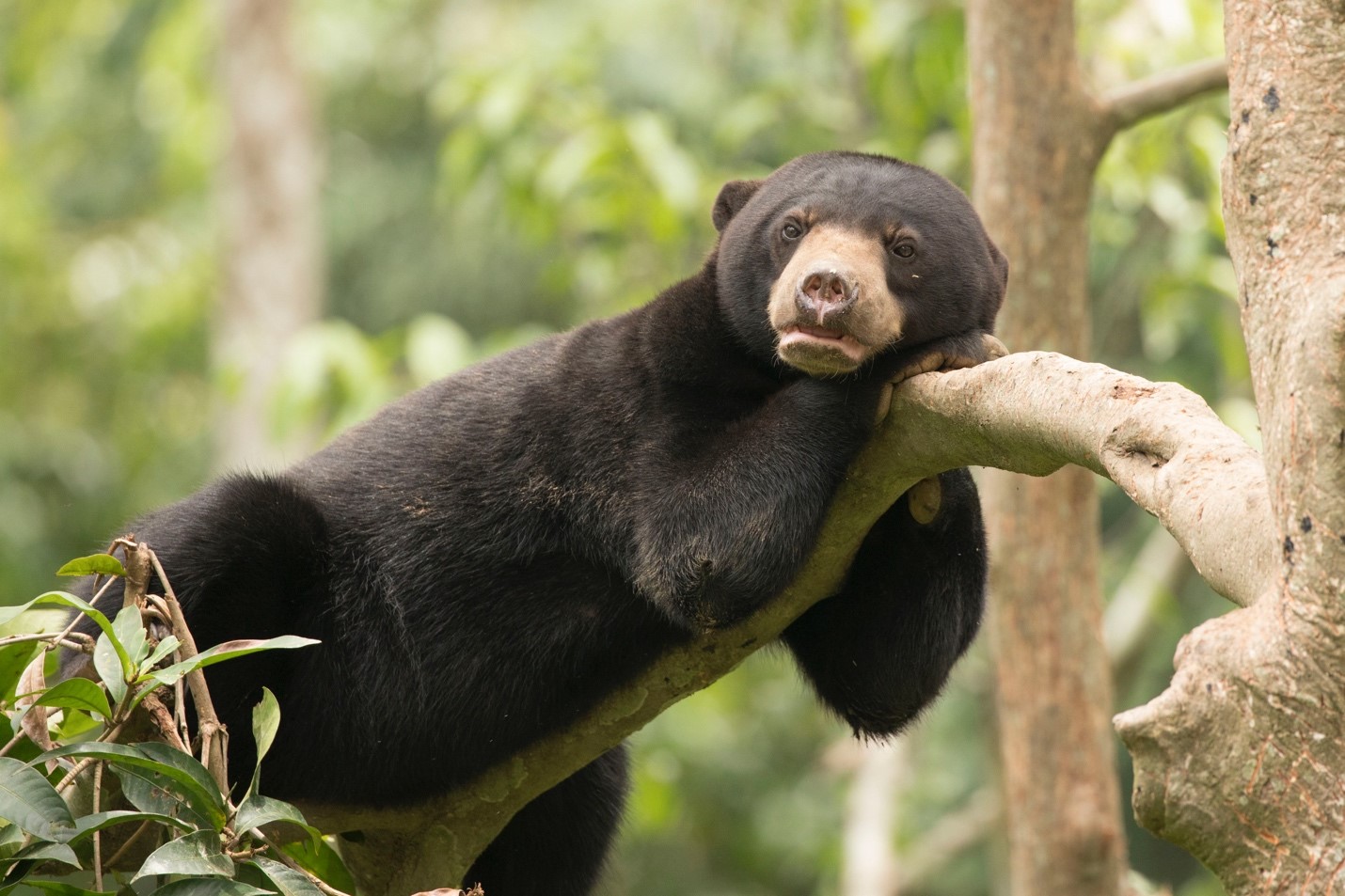
Now that big zoom telephoto lenses are out there and becoming the go-to for professional and amateur wildlife photographers alike, we’re getting accustomed to seeing relatively big aperture ranges, like f/4.5-7.1.
What this means is that if you have a 100-500mm lens, and as you “zoom” from 100mm to 500mm, the lowest f/number your camera will allow you to have (aka, your maximum aperture) will go from f/4.5 to f/5 to f/5.6 to f/6.3 to f/7.1. That is, you cannot get an f/4.5 all the way to 500mm…that’s only possible at the lower end…around the 100mm mark. Trust me, I wish that wasn’t the case, but it just is.
What this translates into is that a) less light is getting into your camera and b) you will get less of that beautiful background blur, aka bokeh, from the photo. Let’s dissect this more…
Problem A is no longer that big of an issue, as cameras are capable of tremendous ISOs these days. Thus, a lack of light can be “solved” by increasing your ISO. Now, a smaller f/number will always be better in low light situations, but they are no longer compulsory.
Problem B is still a problem, but we’re seeing photo editing programs getting very elegant, intelligent, and sophisticated with how we can apply blur to photos. So much so that the big prime telephotos lenses at f/2.8 (and $11,000 price tags) aren’t as necessary any longer.
Now don’t get me wrong…they are still amazing lenses and always will be…they’re just less unique now that we have the above two problems being lessened with each year of camera and software tech.
So, the best way to proceed is to get a lens with the smallest f/numbers. For instance, an f/4.0 to f/5.6 is “better” than an f/5.6-8 lens. You will get more light and get and more beautiful wildlife portrait blur from your photos.
But the issue is that we really don’t have much of a choice here. And to me, it’s way more important to get the zoom range and telephoto distance for wildlife photography.
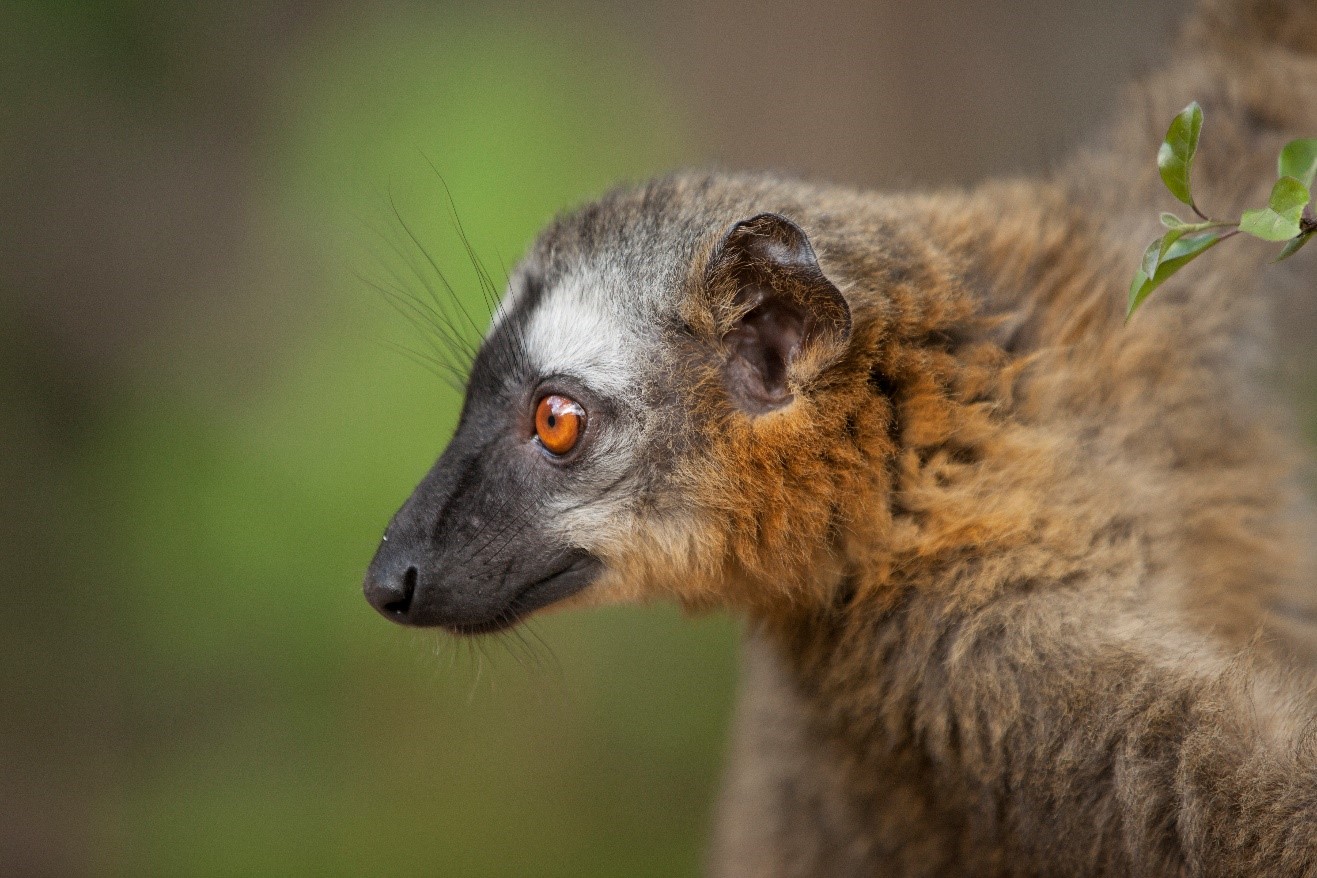
Size and Weight
Being able to carry and hand-hold your lens is a huge plus. Well, I suppose carrying it is a must, but being able to hand-hold is a massive benefit.
Using a tripod may or may not be feasible depending on your location and the wildlife you’re photographing. For instance, if you’re photographing wolves in Yellowstone National Park, or grizzlies in Alaska, you very well may prefer to use a tripod, even if you can hand-hold simply due to the amount of time spent at viewing areas (give your arm a rest!).
However, other areas, like the rain forests of Borneo, or deserts of Madagascar where lemurs are leaping all around you in dense vegetation, a tripod is burdensome.
Far be it from me to tell you exactly what weight and size is “handholdable” but it’s worth doing some homework and some tests on this before you go all in. For instance, if you aren’t sure if a 3 or 5 pound lens can be hand held, try and duct tape some soup cans together and see what it’d be like to stand in location and photograph for a few minutes.
You may have to concede some of the telephoto power for a smaller lens. However, just like everything else, these lenses are getting lighter just as they’re getting better, so most folks do feel that this class of lenses, in the 100-500mm range, is able to be hand-held.
If you are considering going up into a bigger “prime” lens, almost assuredly you will be dependent on a tripod. This is one of the reasons the big 600mm f/4 primes don’t make my top list for versatile wildlife lenses, as they are just so dang difficult to lug around and use effortlessly—especially compared to the newer lenses I’m featuring here.
Let’s talk about price
They say when it comes to big telephoto lenses, you can have good aperture, good zoom and telephoto, and good price…but you can only pick two of them at a time.
That is, if you want a really good zoom and telephoto range, at a show-stopping aperture, you are going to pay for it. Similarly, if you are ok having a great aperture and need a great price, you probably won’t get much telephoto range (the 70-200 f/4 class of lens is a prime example).
To me, the wildlife telephoto zoom lens is the one thing in your kit that you really ought to spend some money on. And frankly, that comes even before the camera body itself! I feel it’s more important to have a great wildlife telephoto lens first and foremost.
Thus, my advice is to give yourself as much wiggle room on the price so that you can have a good telephoto zoom range, while also affording yourself a decent aperture range.
My Top Zoom Telephoto Lens Recommendations
I’d like to make some honest recommendations here of my top lenses out there for wildlife telephoto zoom photography. However, before I get into my tip top, I’d like to take a moment and talk about those that get the “honorable mention” and why.
But first, the honorable mentions…
The 70-300mm class of lenses
This is a great lens and every camera manufacturer makes one. For a while, these were the go-to and, frankly, the greatest telephoto most people could get.
However, what they offer on the wide end of the spectrum (70mm) isn’t enough to draw my attention away from the fact that they are “only” 300mm and generally unimpressive when compared to these newer lenses with 500mm and 600mm extents.
Note: if you are on a crop frame sensor, this class of lenses is a slightly better choice, as your crop frame multiplier probably puts this closer to a 450mm. Better, but still, not stellar.
The 70-200mm class of lenses
I hesitate mentioning this one, as it’s really in a class of its own. We term these “medium telephoto zooms” and they usually aren’t all that great for wildlife.
However, in certain places, these are excellent wildlife lenses. Particularly I’m thinking of the close encounters you’re likely to have while on safari in Botswana, photographing Brown Bears in Alaska, or trekking mountain gorillas in Uganda. In those cases, where you are likely to be within 40 feet of your wildlife subject at times, you can indeed get away with these lower telephoto powers, and benefit from the usually-better aperture rating at f/2.8 throughout.
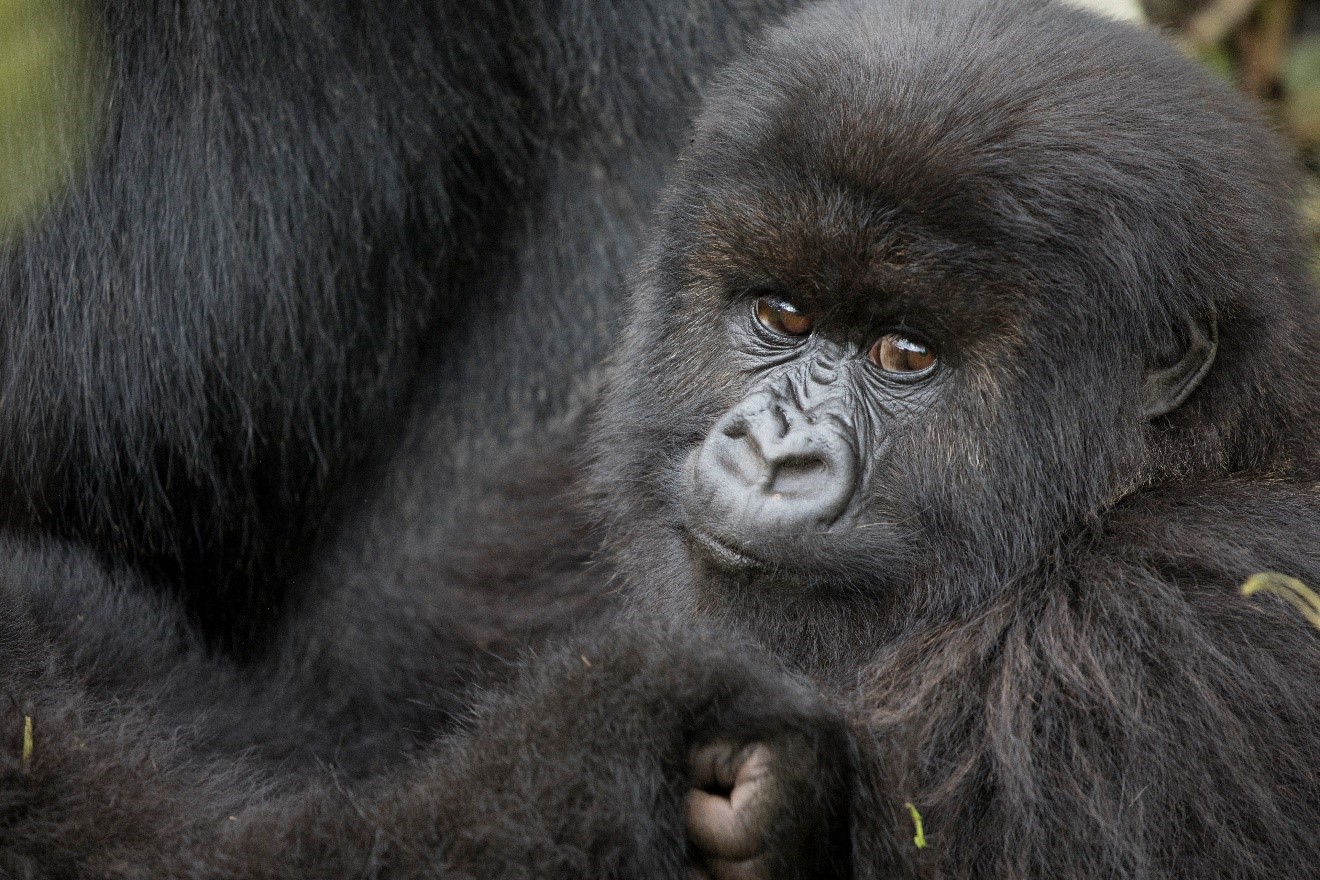
My top recommendations
As I mentioned at the beginning of this article, a new class of zoom telephotos has emerged in the last few year’s and we are so fortunate to be able to enjoy these new technological wonders!
Because these are relatively new and still somewhat specialized for nature and wildlife photography, each camera manufacturer still has only one of these lenses. (Please note: I’m resisting talking about Canon’s 200-400mm f/4 and Olympus’ 300-800mm f/4, as they are in a very different price class, between $8,000 and $12,000).
So here they are. Because I’m a Canon guy, I’m going to list it first :).
Canon’s 100-500mm f/4.5-7.1
Sony’s 200-600mm f/5.6-6.3
Nikon’s 200-500 f/5.6 (f/5.6 throughout!)
Olympus’ 200-800 f/5.0-6.3 (technically it’s a 100-400mm, but the Olympus system doubles this)
I’m sure many of you have noted that I’ve left out some other primo wildlife and safari lenses from this list, like Canon’s 600 f/4 and Olympus’ 600mm f/4, but that was deliberate, as we’re talking about the zoom lenses here. Prime lenses just aren’t at the top of my top pick list due to the versatility constraints.
It’s worth noting that this zoom aspect should not be underestimated, for the versatility it provides is nothing short of game-changing. If you are going to have the extreme distance, you don’t want to get caught with too much telephoto, which is a real thing.
The risk of carrying around a 500mm or 600mm lens is that you will absolutely take photos well inside that extent. In fact, you might take over half of your shots at 400mm. Thus, being able to retain that cautious backup is critical and makes the decision to bring these sensational lenses with you on your most prized wildlife photo adventures a no-brainer.
I hope this helps clarify a rather large and complex topic–that of how to choose your go-to wildlife telephoto zoom lens. I hope you carry this knowledge with you on your journey to pick out a lens, as well as your journey with the lens wherever in the world you plan to use it!
Cheers,

Court
Leave a reply